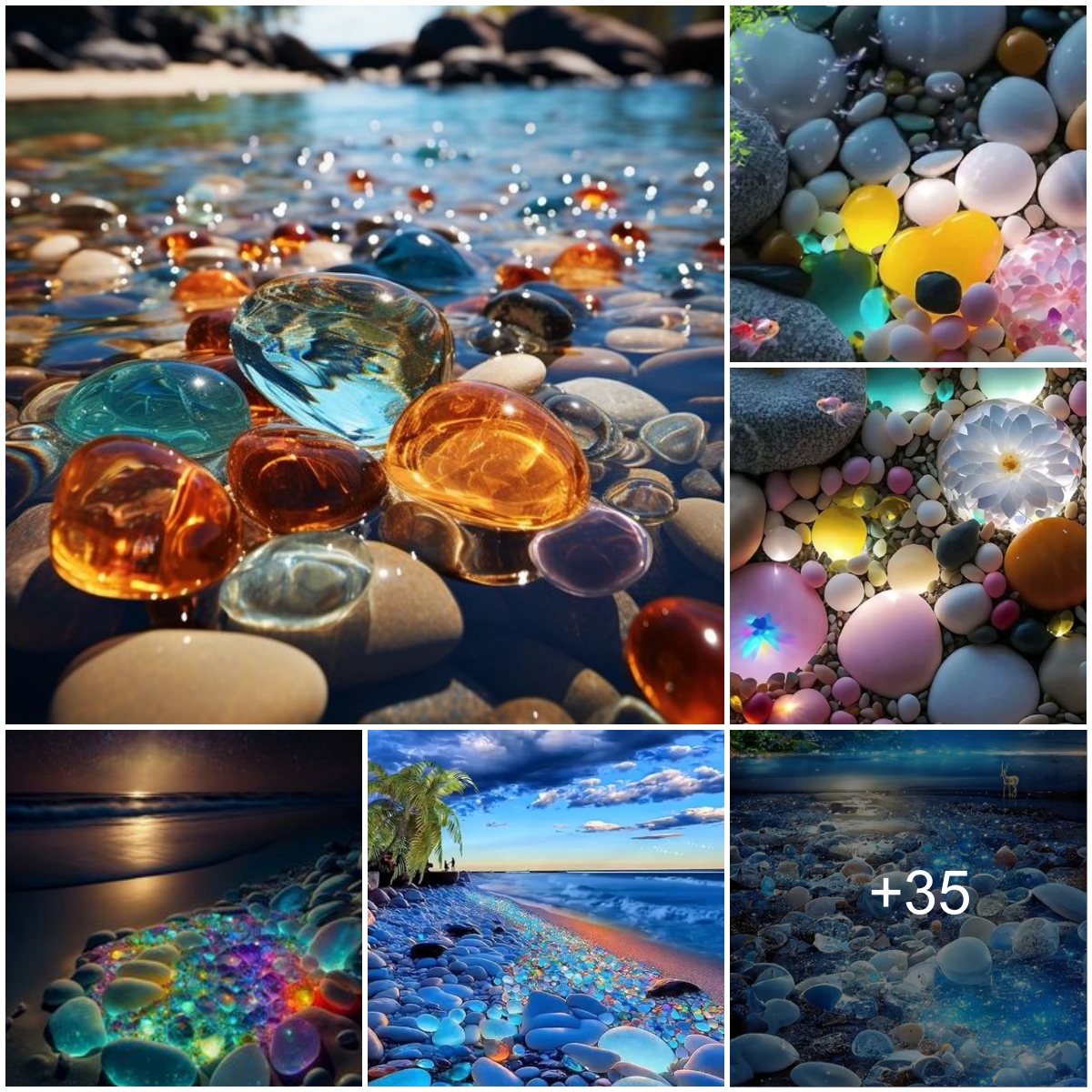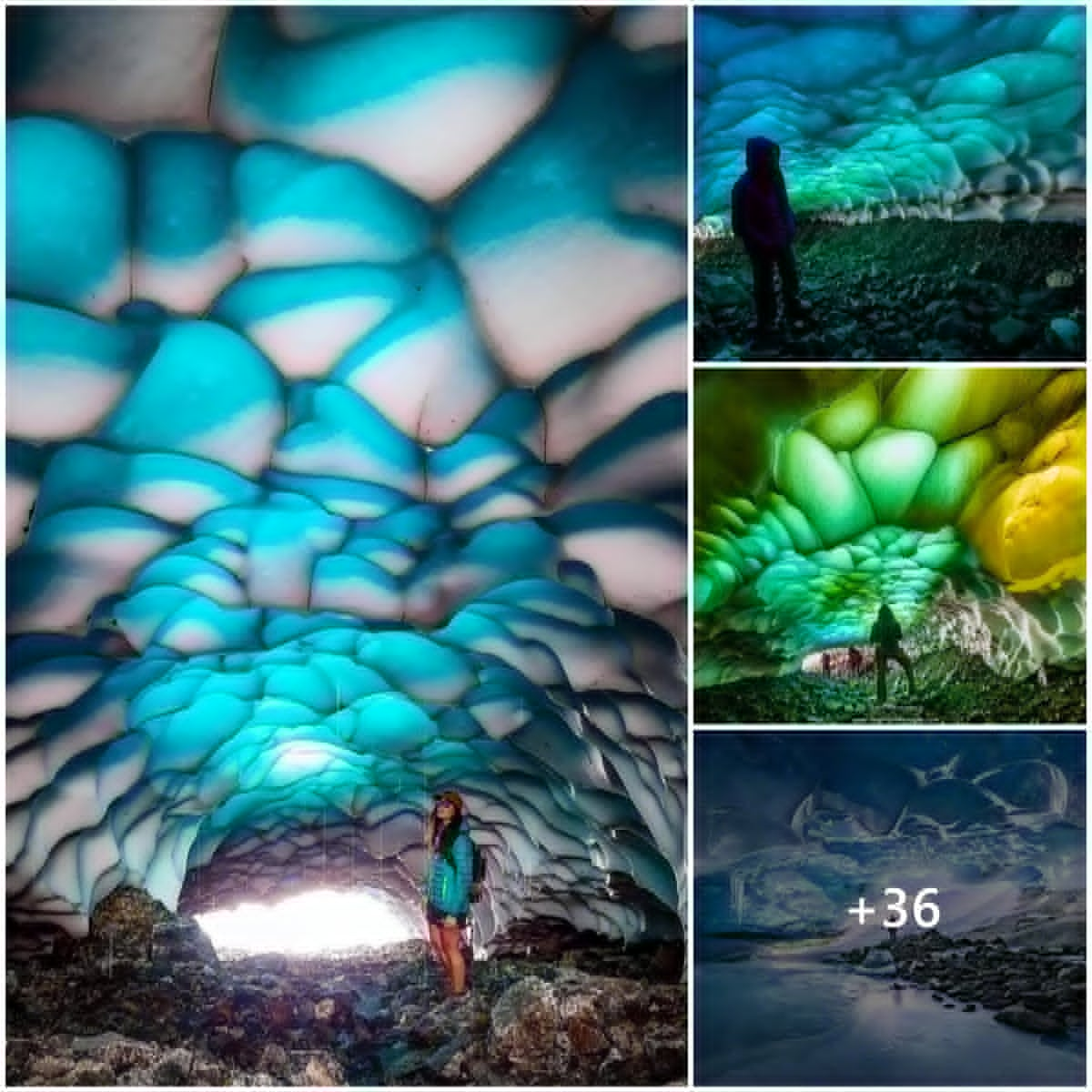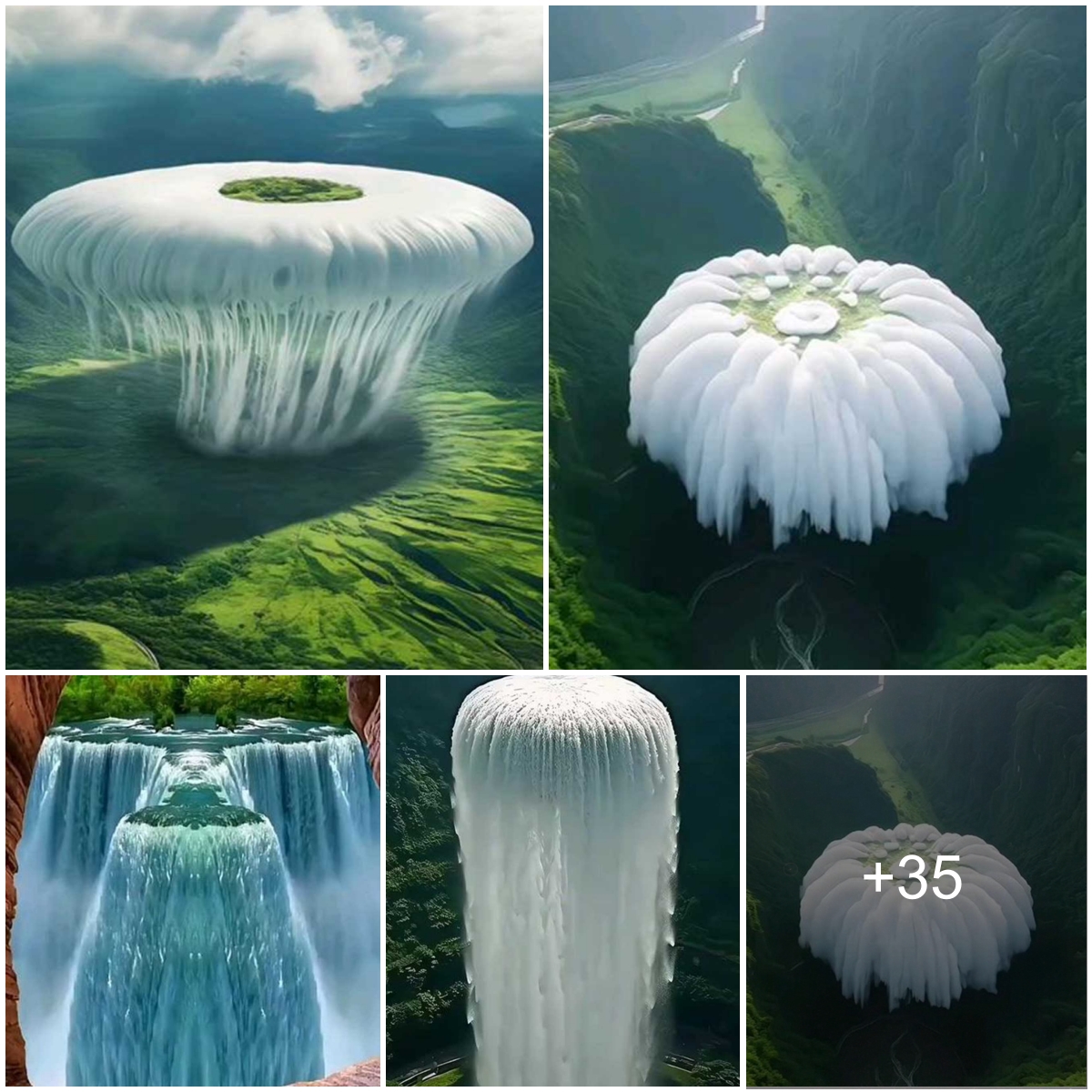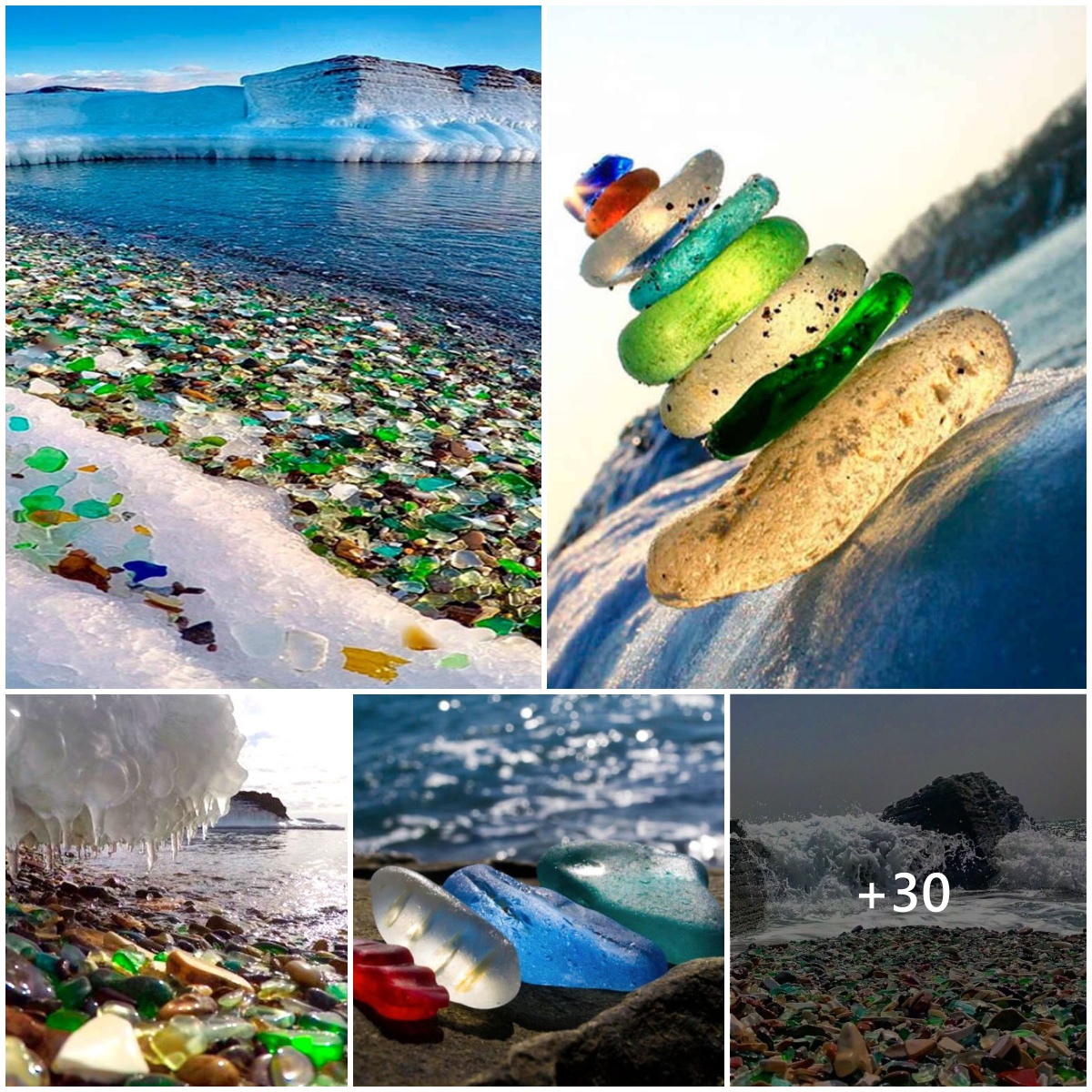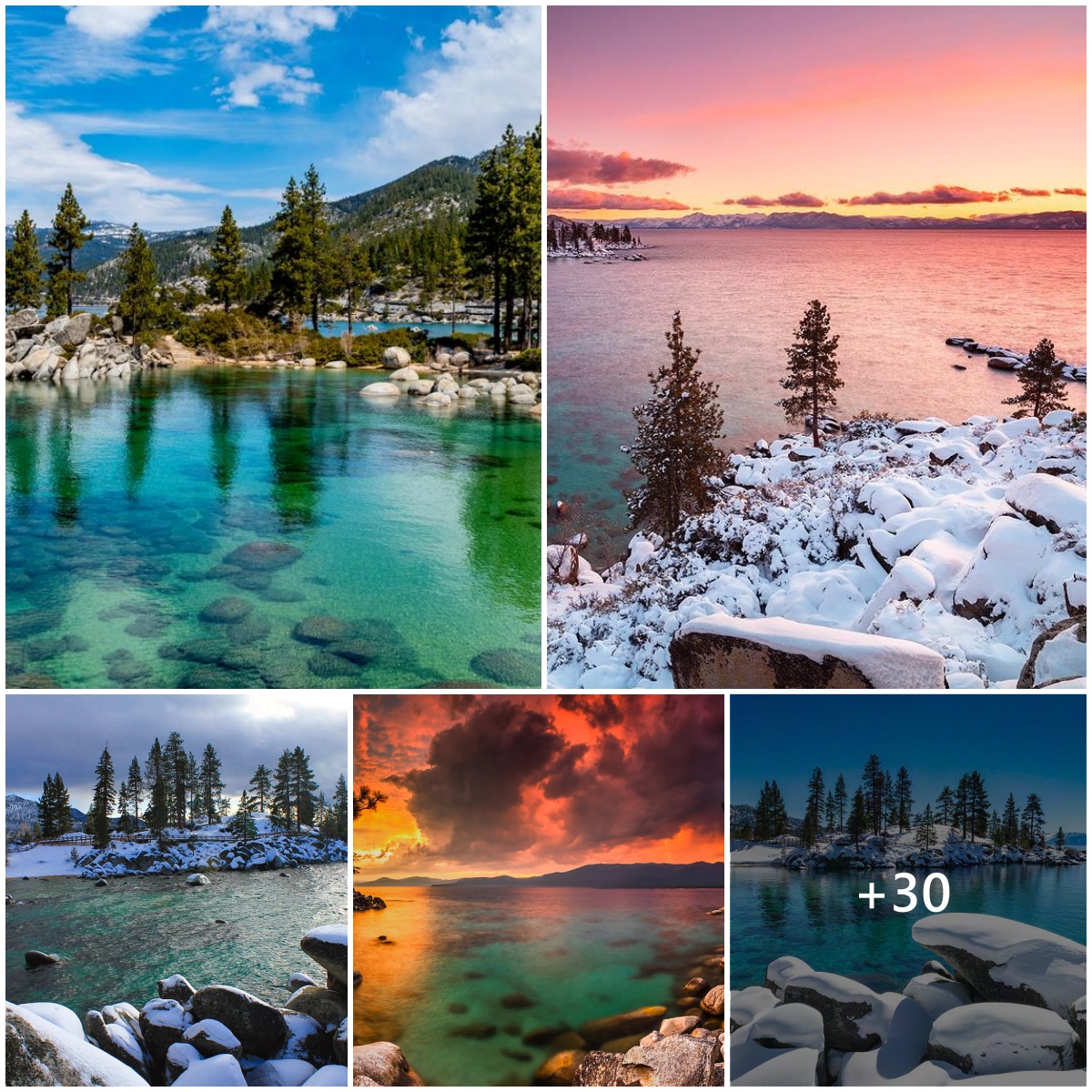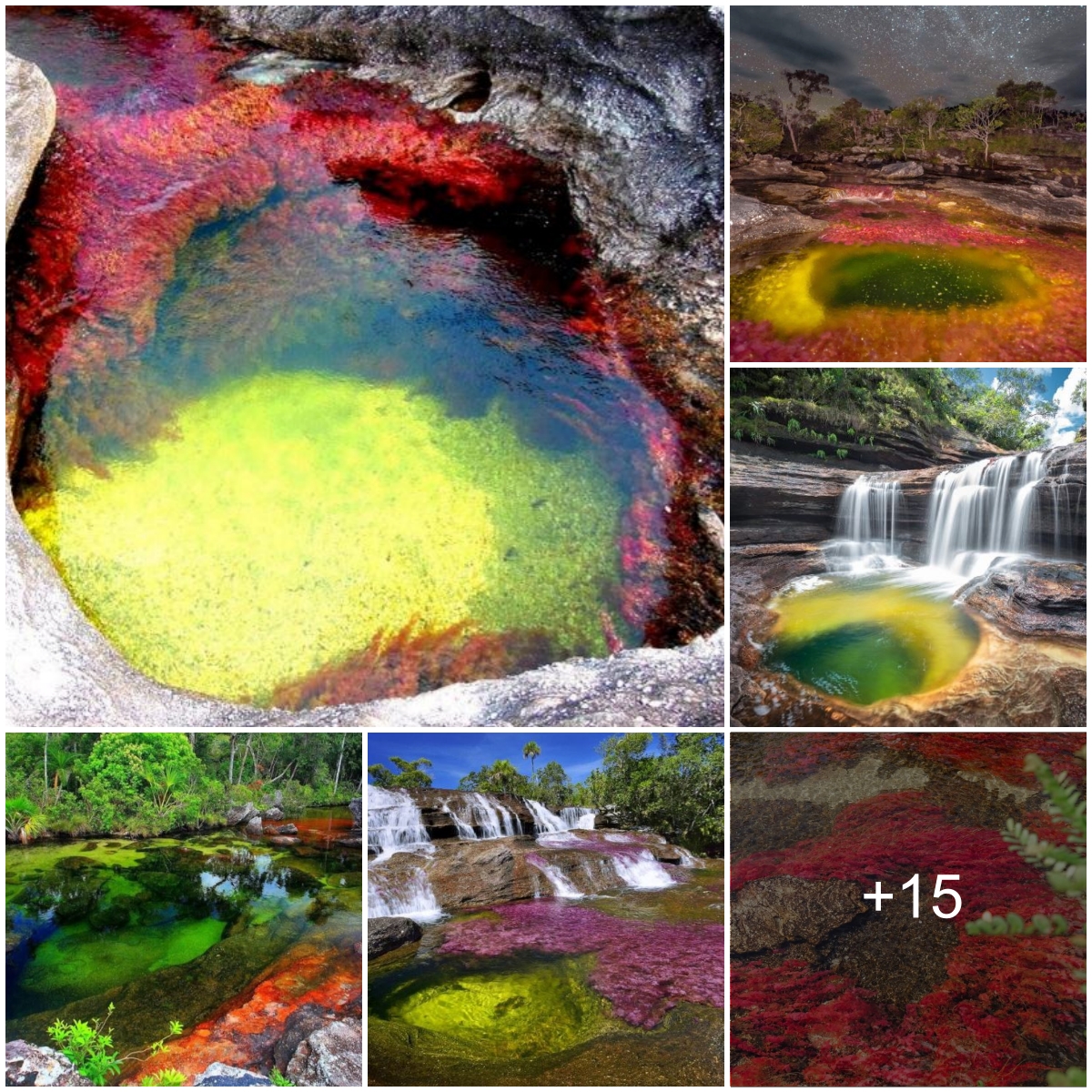Deserts are mysterious landscapes that cover nearly one-third of Earth’s surface, yet many travelers have never visited one or even understand much about them. There are expansive deserts around the globe that are nothing short of beautiful, treacherous, and notorious for both life and death. These are some of the world’s most beautiful deserts that you can see while traveling. If you’re looking for more adventure in your new year ahead, this is a great place to start!
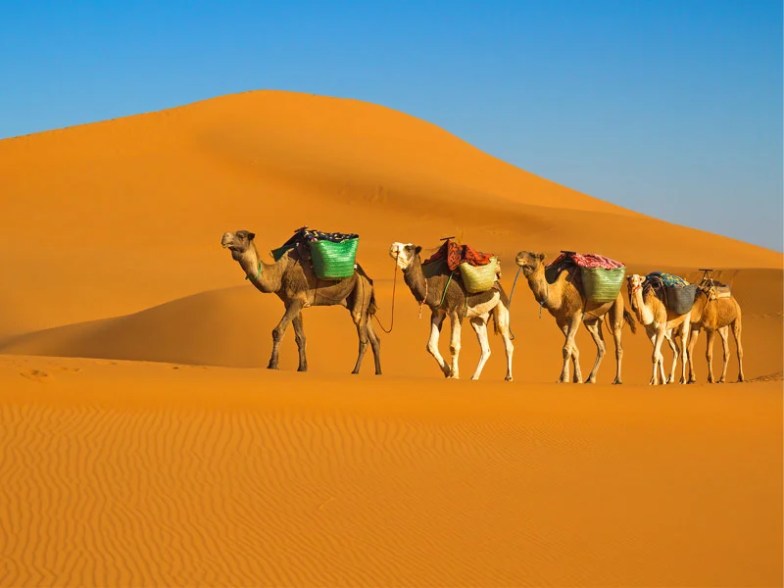
The Sahara Desert, North Africa
One of the most famous deserts of all time is the Sahara Desert, thanks to movies, stories, and songs written about this vast region. The Sahara is the third-largest desert on Earth, it’s the hottest desert on Earth, and its landscape varies greatly from one section to another. If you’re wondering, Antarctica and the Arctic are Earth’s two largest deserts. The dunes here have been shaped by strong winds and rain to create valleys, flats, and oases. The Sahara spans 8.6 million square kilometers of land in Northern Africa, covering most of Mauritania, Western Sahara, Algeria, Libya, Egypt, Sudan, Chad, Niger, and Mali.
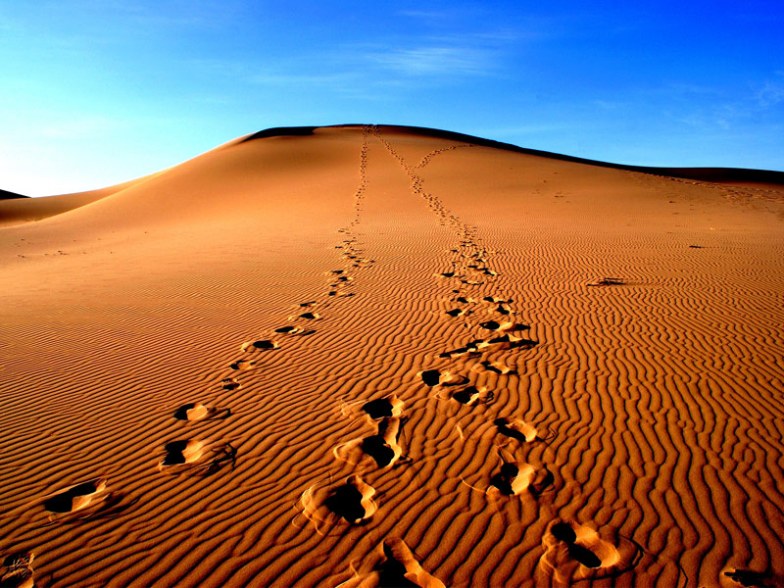
The Gobi Desert, China and Mongolia
Stretching across China and Mongolia, the Gobi Desert was an integral part of the historic Silk Road with important cities positioned along the way. This desert was formed by the shadow cast by the Himalayan mountain range and is one of the largest deserts in Asia. Unlike many of the world’s deserts, this is a cold desert that even sees snow and frost occasionally on the dunes. Throughout history, this has been an important destination for archaeologists in search of fossils and even dinosaur eggs.
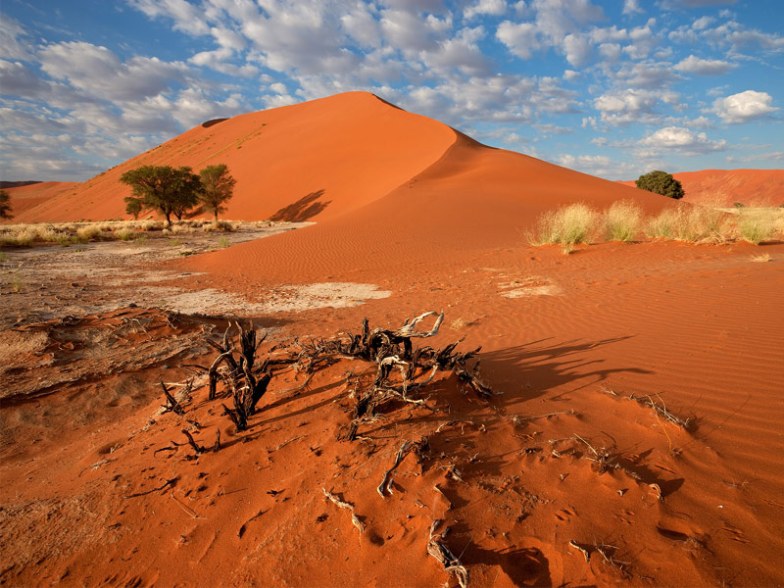
Namib Desert, Namibia
The Namib Desert is considered the world’s oldest desert, dating back to between 45 and 80 million years ago. It is located along the southern coast of Africa and is home to diverse wildlife species that live nowhere else on earth. When you visit, you can often find whale and seal bones that have washed up onto shore, as well as the remains of shipwrecks from Atlantic voyages. The sand dunes of this desert reach the Atlantic Ocean, where the cold ocean waves carve shapes into the neighboring sand. And believe it or not, elephants live in this desert!
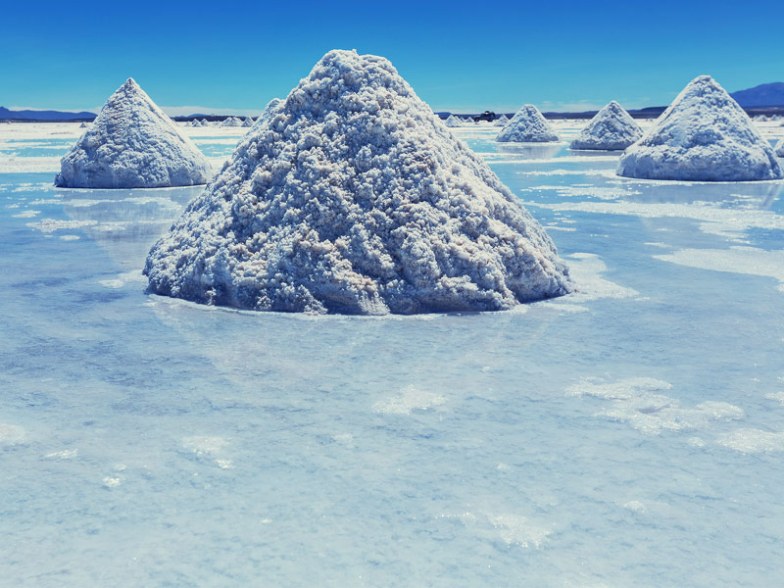
Salar de Uyuni, Bolivia
Salar de Uyuni is the world’s largest salt desert and a truly mystical place to visit. Tens of thousands of years ago, this region was part of a prehistoric lake. However, these lakes dried up and left behind two new smaller lakes and these expansive salt flats. An estimated 10 billion tons of salt can be found in this desert, which reflects the sun to create an eerie mirror effect.
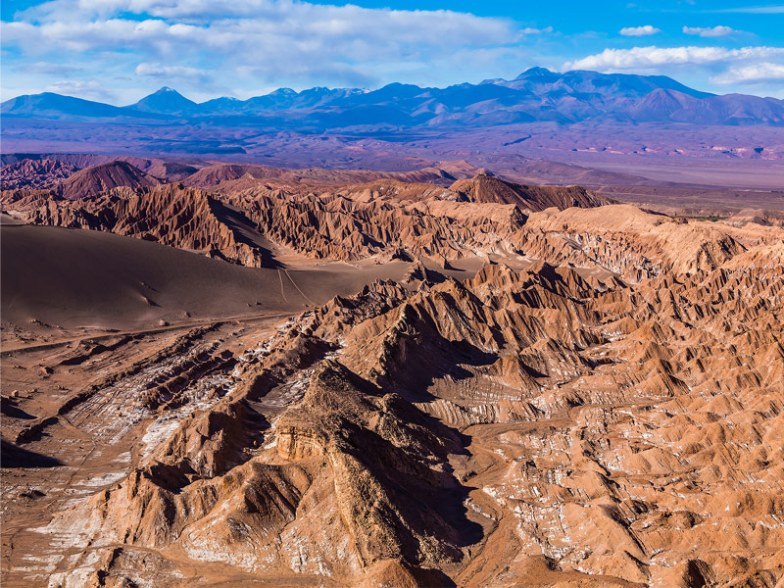
Atacama Desert, Chile
The Atacama Desert is known as the driest place on Earth because it receives only about 0.0004 inches of rainfall each year. The desert spans over 41,000 miles and is located more than 8,000 feet above sea level. This is an excellent place to view the constellations and try your hand at some star photography because of the clear skies and lack of light pollution. Oddly-shaped snow and ice formations exist in the high altitude regions of this desert and appear to visitors as an ice forest in the middle of a barren wilderness with very little vegetation able to survive nearby.
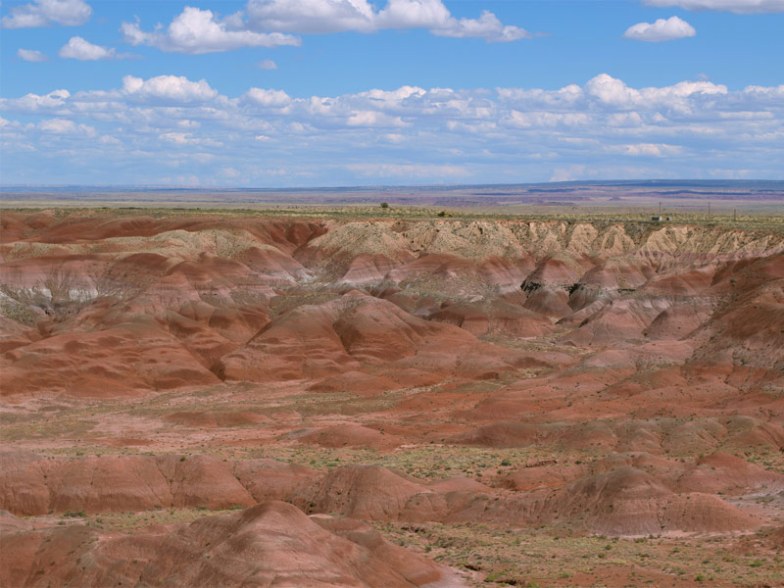
Painted Desert, Arizona, USA
The Painted Desert of Arizona got its name from the vibrant red, orange, blue, and purple colors painted across the landscape. Less than 10 inches of rain fall here each year, and the colors were created by minerals in the clay and sandstone rock. This desert stretches from Grand Canyon National Park to the Petrified National Forest in Arizona and through Navajo Native American reservations. There are lots of great trails to hike through this desert, especially at sunset when the colors are on prominent display.
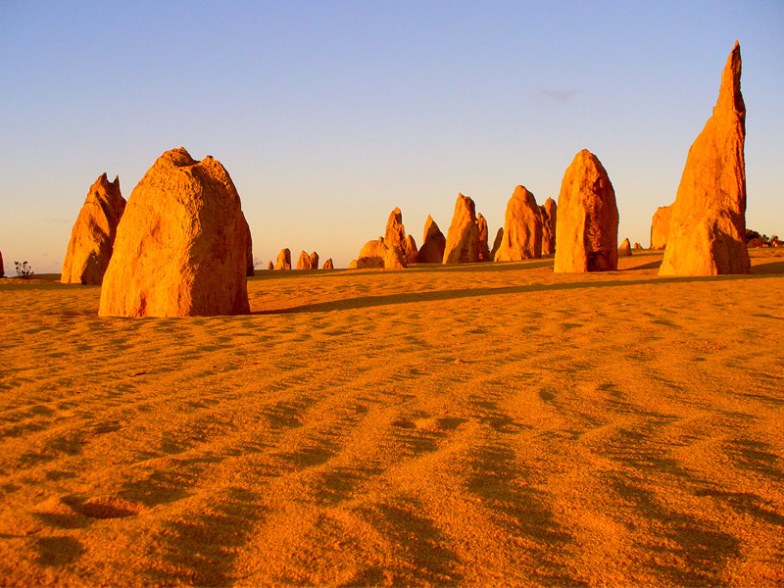
Pinnacles Desert, Australia
You’ll need to head to the Nambung National Park in Western Australia to experience the Pinnacles Desert for yourself. This desert gets its name from the stunning pinnacle-shaped spires made of rock that rise from the sand dunes. The rock formations here have been weathered so much over time to undeniably stand out among the gentle yellow sand dunes.
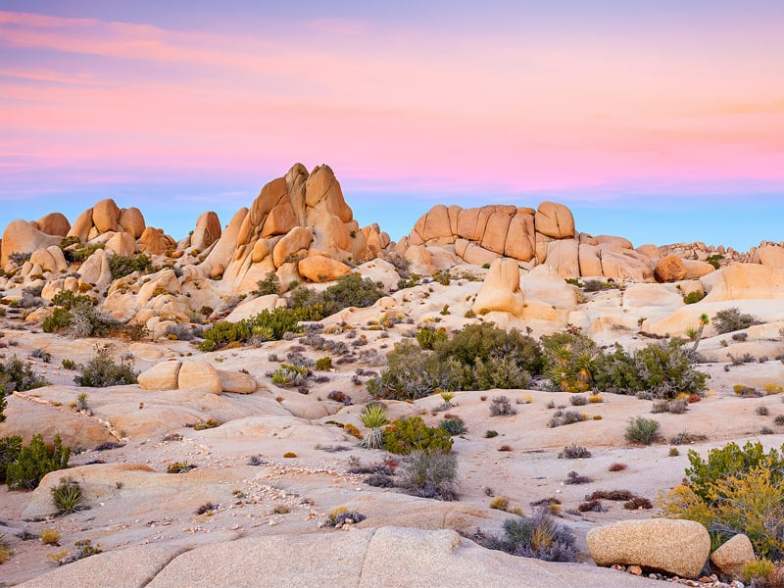
Mojave Desert, Nevada, USA
Another noteworthy American desert is the Mojave Desert, which contains Joshua Tree National Park and Death Valley National Park – the hottest, driest, and lowest place in North America. Death Valley sits at an elevation of 282 feet below sea level. For U.S. travelers, this is an accessible travel destination that feels surreal and completely out of this world. It’s located in southeastern California and covers portions of Nevada, Arizona, and Utah as well. With a close proximity to Las Vegas, the Mojave Desert is one of the most popular travel destinations in the country.
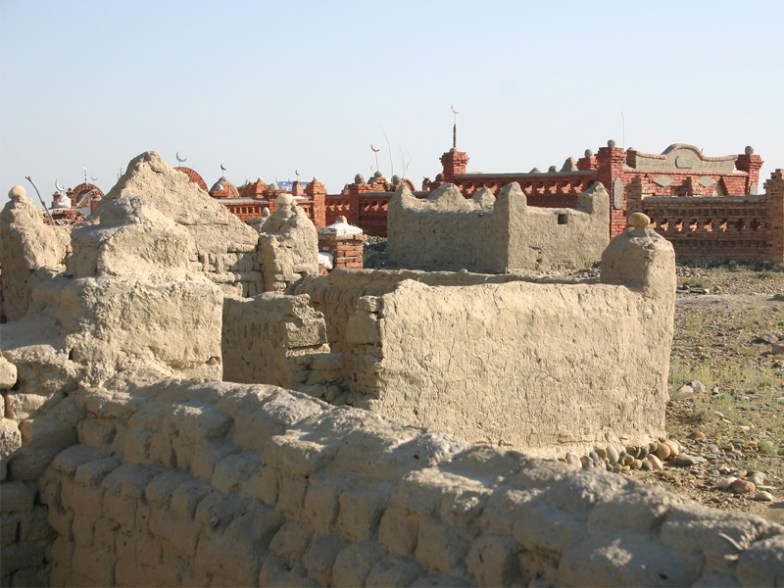
Taklamakan Desert, Central Asia
Located in central Asia, Taklamakan is a rare desert because it was covered in snow in recent years. It is one of the world’s largest non-polar deserts and covers an area of over 100,000 square miles. Two branches of the historic Silk Road pass through this desert, and although snow is rare, the desert experienced its largest snowfall in 2008.
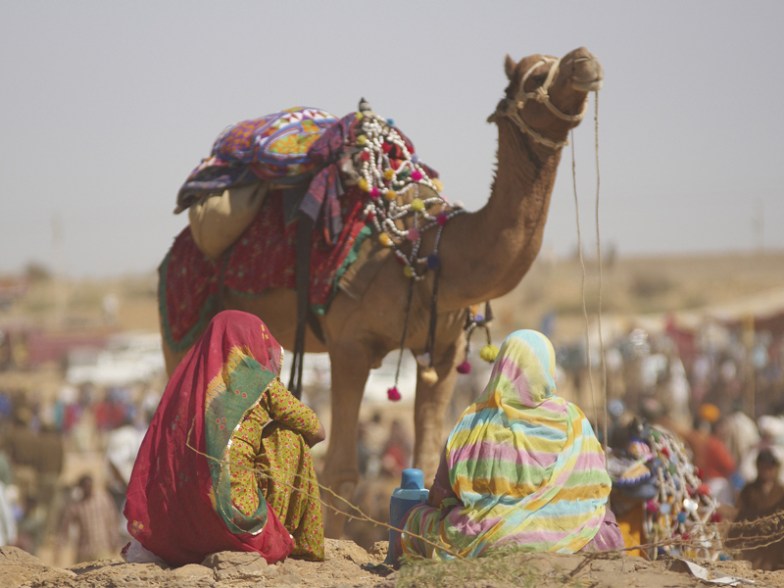
Thar Desert, India
The Thar Desert borders India and Pakistan, and is home to many lizard and snake species. The Thar Desert is significantly smaller than some other deserts in Asia, but it is a culturally engaging area that makes an amazing travel destination. The areas of Rajasthan, Haryana, Punjab, and Gujarat and the cities of Jodhpur, Jaisalmer, and Bikaner are located in the Thar Desert and offer a beautiful glimpse into local Indian culture.
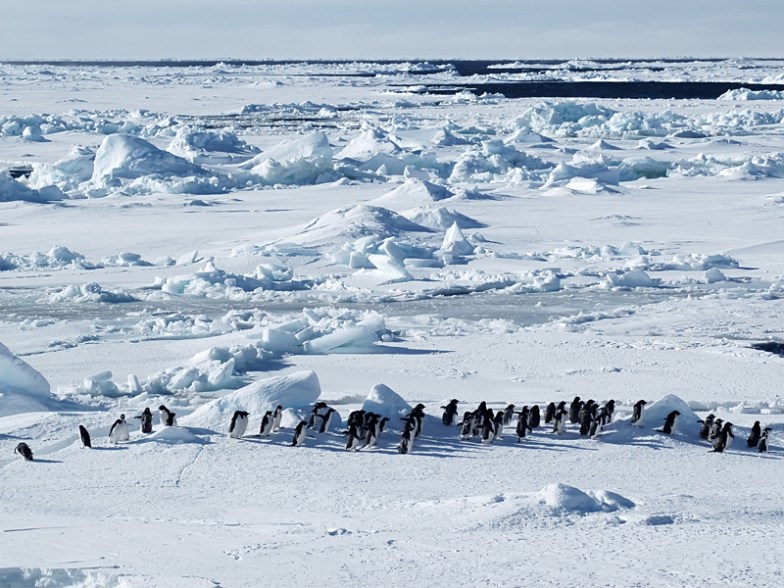
Antarctic Desert, Antarctica
Images of Antarctica rarely come to mind when travelers think of deserts, but the Antarctic Desert typically receives less than 8 inches of rain each year. There are no permanent residents of this desert, and the people who stay in Antarctica stick to research stations on a temporary basis.
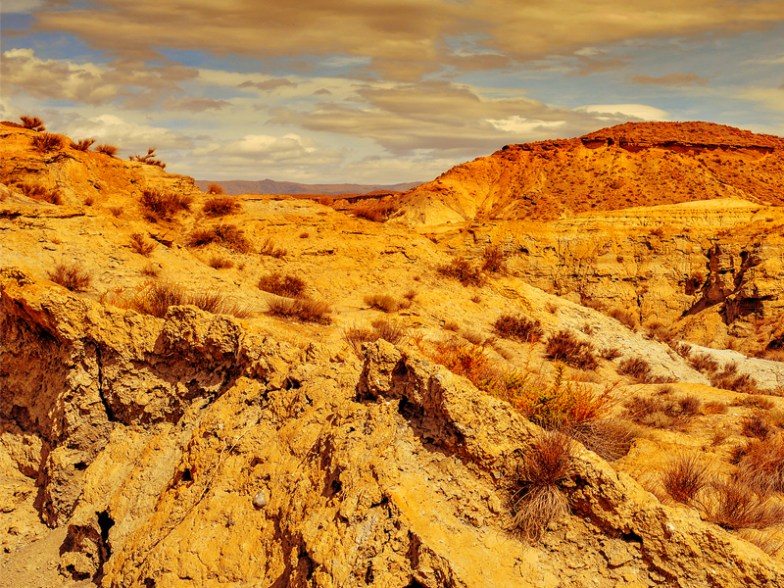
Tabernas Desert, Spain
Europe certainly isn’t known for its desert landscapes, and in fact, there is only one desert on the whole continent. Head to Spain to visit the Tabernas Desert, a semi-desert that is dry, rugged, and surprisingly wild. This region receives less than 10 inches of rainfall each year and has temperatures that range from -5 to 48 degrees Celsius. Tabernas is also the backdrop of many Wild West movies throughout recent history.
You May Also Like
15 Best San Diego Vacation Rentals for Large Groups By Alyssa Ochs
